Assess and Improve Your School Environment
Start with these EPA guidance documents to improve the school environment. Pollutants found in the school environment can be especially harmful to children's health, compared to adults.
Sensible Steps to Healthier School Environments
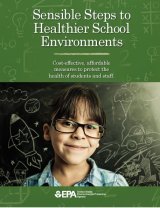
Audience: Facility managers, custodians, principals, administrators, teachers
This brochure addresses some of the most common areas of environmental health concerns found in schools. It also discusses existing low cost or no cost, affordable measures, programs and resources available to help prevent, reduce and resolve environmental hazards.
Assess Your School's Health
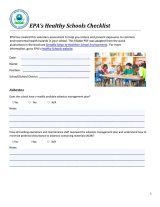
Audience: Facility managers, custodians, principals, administrators, teachers
This 16-page voluntary assessment, adapted from materials in the brochure Sensible Steps to Healthier School Environments, will help you assess your school's current environmental health, and reduce and prevent exposures to common environmental health hazards in your school.
School Environmental Health Guidelines
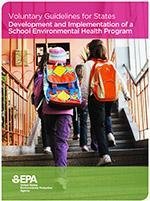
Audience: Facility managers, district administrators, principals
These guidelines are intended to assist states in establishing and implementing school environmental health programs. The practices recommended within these guidelines can also be applied, with appropriate adaptation, to a wide range of school-related institutions, including child care and early learning centers.
School Siting Guidelines
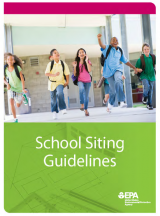
Audience: Facility managers and district administrators
EPA developed voluntary School Siting Guidelines that will encourage, inform and improve consideration of environmental factors in local school siting decision-making processes.
Sensible Guide for Healthier School Renovations
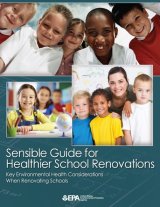
Audience: Facility managers and district and school administrators
This booklet provides an overview of how to avoid key environmental health hazards and ways to minimize children’s exposures as schools prepare for and undergo renovations.
Healthy Child Care & Early Learning Facilities Self-Assessment

Audience: Facility managers, custodians, principals, administrators, teachers
Simple to use checklist that helps you identify common environmental exposures and risks. It provides easy to implement solutions helping users tackle environmental challenges.
